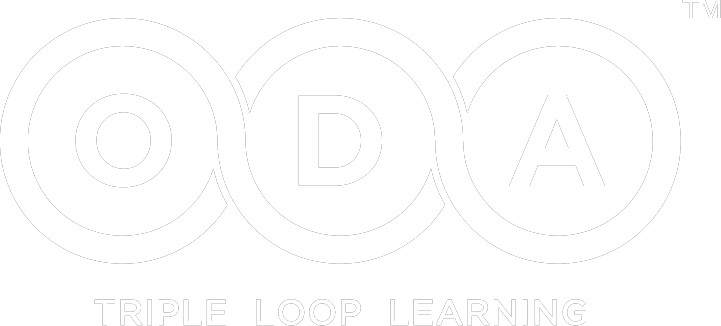Can you Train a Labrador to be Aggressive?


Santhosh Babu
“Can you train my labrador to become aggressive?” This was the request from a senior human resources (HR) professional who was part of a culture change intervention I did for his organization. Since my interest in dog training is known to most of my participants, I do get one or two do-related requests after every workshop. “Labs are very loving, people-friendly dogs. Why did you buy a lab if you wanted an aggressive dog?” I asked. To this he told me casually, “You see I wanted a black, good-looking, heavy dog that is very intelligent, also ferocious and aggressive.” Lots of people want their labradors to behave like a doberman and vice-versa.
If we look at organizations, we can see how each organization is trying to change a labrador into a doberman or vice-versa using their current competency framework.
So, what ensues is an employee who almost starts demonstrating the behavioural traits that are needed to be a high-potential leader in his organization, say doberman, leaves and joins another organization, where they try to turn him into another dog, say labrador, based on their competency framework.
A PLACE FOR EVERYONE
There are enough studies and examples to prove that each one of us have unique strengths and one could leverage the strengths to accomplish the task and be successful. All personality type theories and tools, such as Myers-Briggs Type Indicator and Enneagram, mention that all personality types have the capability to become leaders using their own unique strengths.
Gallup Consulting and their research have proven that the best way to develop employees — and net the greatest return on investment — is to identify the ways in which employees most naturally think, feel, and behave, then build upon those talents to create strengths and the ability to provide consistent, near-perfect performance.
I can really resonate with this. It was in class IV at the age of nine, when I realised I loved public speaking, observing people and reading books. I also got a lot of opportunity to observe people and read as I had asthma that did not allow me to go to school every day and I could not play any sports. By the time I was in college I had developed an interest in psychology and had become a good speaker and the editor of the college magazine. I focused on my strengths and went on to become a teacher in Bhutan, instead of becoming a bank probationary officer, a test that I wrote due to the pressure from parents and people around. My journey from teaching students in a primary school in Bhutan to now being a visiting faculty for the transformation leadership program at ISB (Indian School of Business) for their executive education has been all about focusing on and developing my strengths.
HONE YOUR STRENGTHS
This is not really rocket science. As Bill George, Harvard Business School professor and former Medtronic Chief Executive Officer (CEO), in his book Authentic Leadership writes, “During my career, I got lots of feedback to modify my leadership style so as to fit in with organization’s norms. Several supervisors and human resource specialists urged me to be a different kind of leader. I listened carefully to their advice but quietly rejected it. Had I followed their advice I would have become a plain vanilla manager or even been seen as a phony.”
Then what stops us from focusing on our strengths and moving on in our leadership journey? I think the challenge lies in the mindset that only certain kind of competencies will help an individual move up the corporate ladder in his or her organization, even though there are enough exceptions.
A CEO whom I coach is extremely methodical, practical, pays attention to detail, is focused on the task, empowers others and collaborates with them to get things done and he has been in the organization for the last fifteen years. Now the organization wants him to be more charismatic, outgoing and to have more ‘executive presence’ — a term that can be defined in several ways. The fact is that he could be a powerful leader in his organization and get things done in his current role and in his future roles using his strengths if others around him stop bothering about how charismatic he is.
While it is important to have a competency framework that is unique to the organization and assess people and give feedback about where they stand in the organization’s leadership competencies, it is also important to acknowledge and appreciate the strengths each one has. More importantly we need to develop a mindset through out the organization that by leveraging the strengths, leaders could move to the next role even if they are not equally excelling in all the leadership competencies of that organization. There are enough examples, research and evidences. A labrador who is trained to behave like a doberman is not a happy dog.
Please click here to download the latest OD PUBLICATION.

